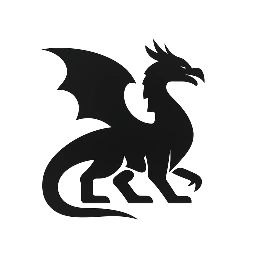In the opening lines of his poem “Gauze,” Ted Kooser, a former Poet Laureate of the United States, asks a provocative question: “Can a man in his eighties, with cancer, / be happy?” In the remaining lines, he provides a tentative answer:
It seems that he can, cutting
yesterday’s gauze dressing in pieces
–
to scatter over the grass for the wrens
who’ve come back again after another
long winter and are building their nests
–
in his birdhouses built with old boards
that he salvaged in happiness, which he
hammered together in happiness too.
If Kooser’s response to his own question sounds surprising, even startling, it is probably because it runs athwart conventional assumptions. In contemporary Western culture, old age is not commonly regarded as a time of exceptional happiness. On the contrary, it is often characterized as a kind of sunset: a time of loss, regret, physical indignity, and relative incapacity. Likewise, a critical, if not incurable, disease would seem incompatible with a general mood of happiness. Kooser’s pivotal use of the verb seems suggests that even he cannot quite believe what he is experiencing.
From the vantage point of Zen teachings, however, Kooser’s experience of happiness amidst adverse conditions is not all that unusual. It seems entirely plausible. This is because Zen teachings sharply distinguish between external events and our internal responses. The former are often well out of our control. The latter are often a matter of choice, however conscious or unconscious.
Usually, this distinction is framed as the difference between pain and conditioned suffering. Pain is what happens to us. Conditioned suffering is what we inflict upon ourselves through our reactions and responses, as when we catastrophize without sufficient evidence or engage in fearful speculation. Classical Buddhism likens the pain attendant to harsh external conditions to an arrow piercing our bodies. Our negative, conditioned responses are like a second arrow shot into the open wound.
With respect to aging, anyone of a certain age can confirm that the first arrow and its impact are all too real. Beyond the maladies already mentioned, there may be cognitive impairments, the risk of taking a life-altering fall, or the eventual need for joint replacements, to name a few. These and other infirmities can make the lives of elderly people challenging, to say the least.
At the same time, we have a choice. We can deny, resist, exaggerate, or otherwise worsen our afflictions. Or we can acknowledge them, seek treatment, and, if possible, accept them for what they are. If the former response is akin to the second arrow, the latter affords at least a possible end to conditioned suffering.
With respect to illness and disease, true acknowledgment and acceptance may be a far more complex and difficult matter. And it is also an individual one, dependent on temperament, overall health, and many other variables. For those with high pain thresholds and a cultivated tolerance for the uncertain and the unknowable, it is one thing. For those with neither, it is quite another.
What Ted Kooser’s poem distinctively reflects is an open and curious but realistic sensibility discovering, as if for the first time, that happiness can co-exist with the realities of aging and the presence of a serious illness. It is not as if he is fully accepting either. Rather, he is implying that what Zen teachings would call contentment is ultimately not determined by externally imposed conditions. Its sources are within.
For Kooser those sources would appear to include the pleasures of making and making do with what is at hand; the sense of being an integral part of nature rather than merely an outside observer; the exercise of imagination in returning a manufactured, disposable fabric to the natural world; and, not least, the neighborly company of wrens, one of the most comely and sonorous of North American birds.
—
Read the full text of “Gauze” in Raft (Copper Canyon Press, 2024), Ted Kooser’s most recent book.

